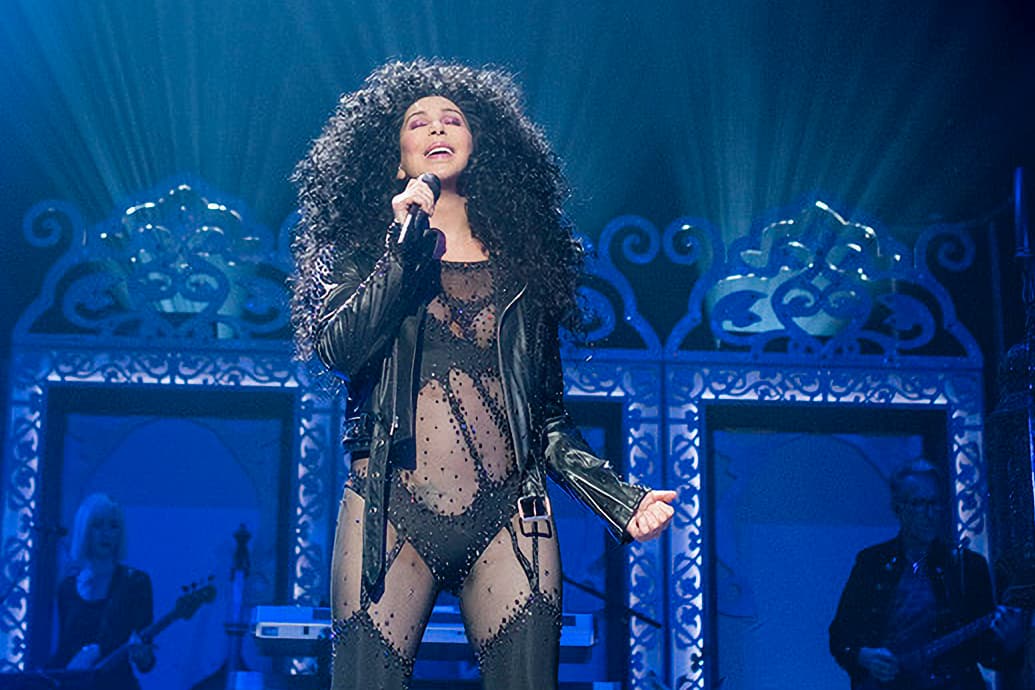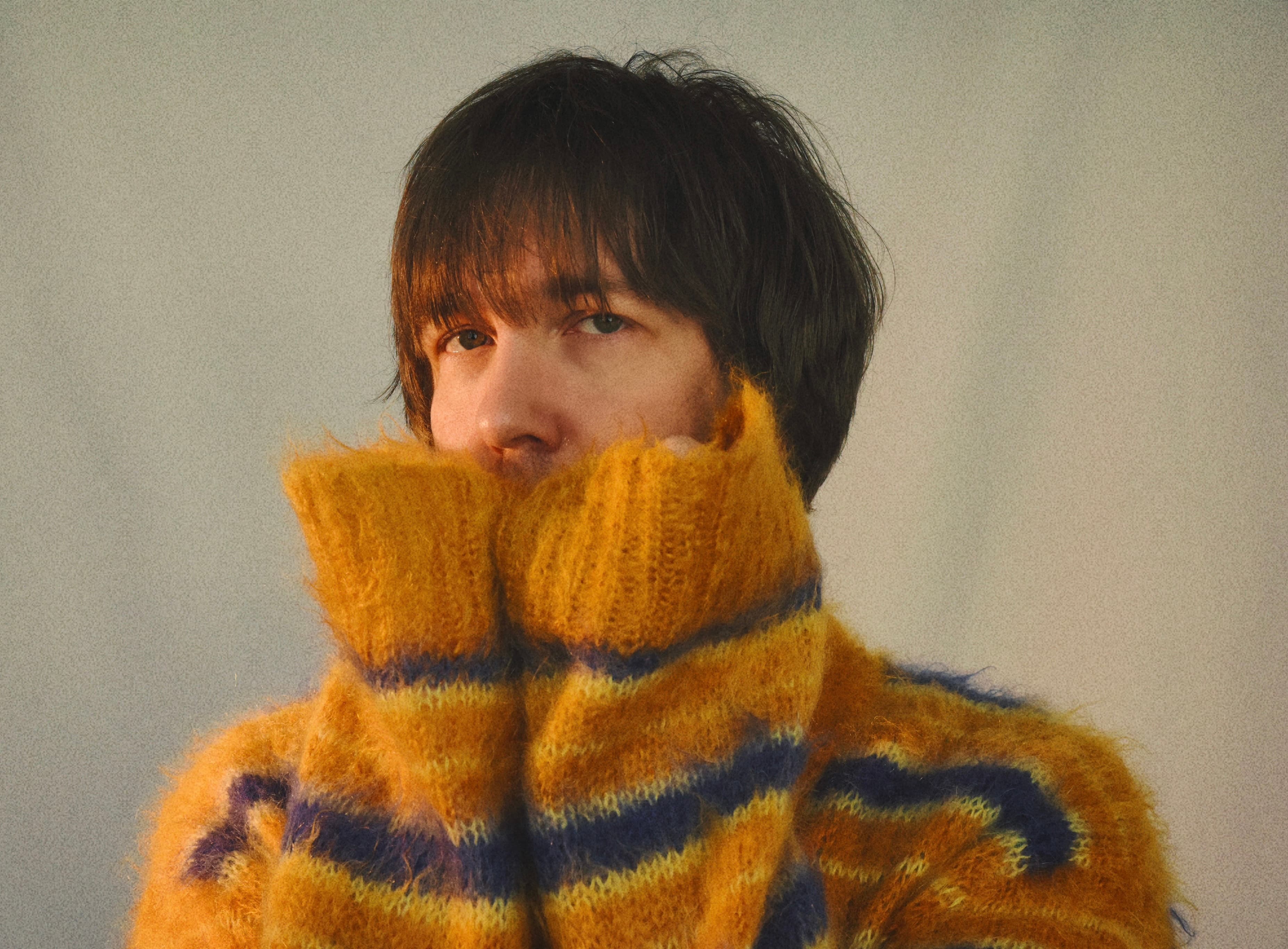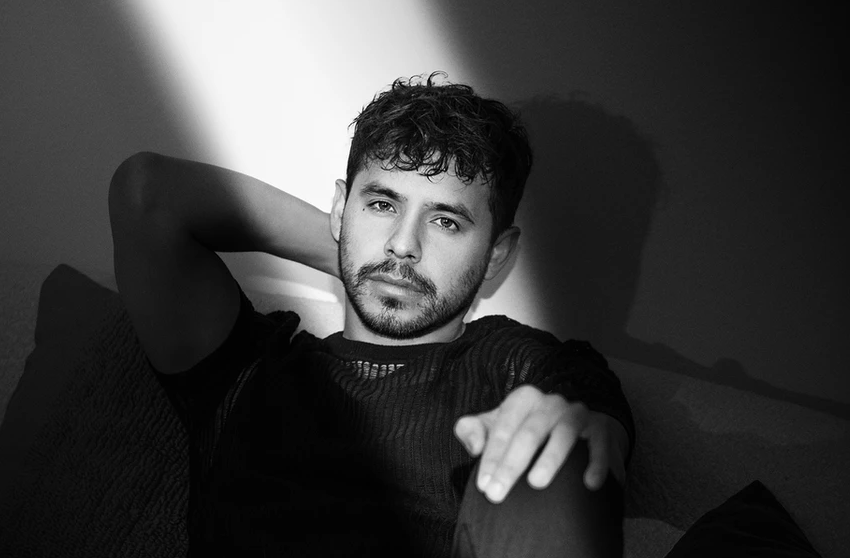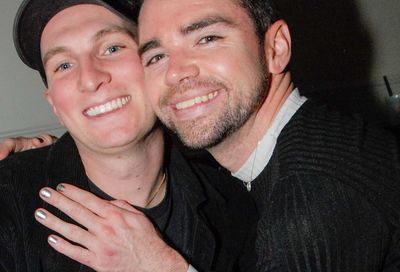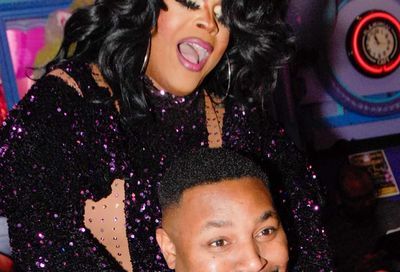The 50 Greatest Pop Songs of the ’80s, Nos. 20-11
To help celebrate today’s 4th Annual Summer Music Issue, we’re counting down the 50 Greatest Pop Songs of the ’80s, 10 per day, with new installments daily at noon through Friday. All of the songs selected appeared in the Top 10 of the Billboard Hot 100 singles chart sometime during the ’80s. Only one song per artist is included.
The Top 10 will be revealed exclusively in today’s print edition of Metro Weekly, and online tomorrow, July 10, at noon.
20. “Karma Chameleon” – Culture Club (1983)
Culture Club’s only #1 hit in America, “Karma Chameleon” spent three weeks at the top in February 1984. The second single from their Colour By Numbers album, the song cemented Culture Club’s unique status in pop culture history. Deftly produced by Steve Levine, it features effortless interplay between the buoyant vocals, harmonica, and guitar, as Boy George’s soulful, velvety voice bounces right along with the music. Featuring a colorful video with elaborate costumes set on an 1800’s riverboat, the infectious sing-along was lovingly embraced by MTV and helped Colour By Numbers become the band’s most successful album.
19. “Don’t You Want Me” – The Human League (1981)
Vocalist Phil Oakey was reportedly unhappy with the commercial sheen of “Don’t You Want Me,” and resisted putting it on the album, Dare. Despite his ambivalence, it became the band’s big breakthrough in America, and the first of two No. 1 singles. Built on razor-sharp synthesizer lines and an electrifying rhythm part generated on a Linn LM-1 drum machine (which Prince would later make part of his signature sound), “Don’t You Want Me” is a sonic powerhouse. One of the first big mainstream synth-pop hits, it helped usher in an era in which synthesizers played an increasingly important role in popular music.
18. “Dancing in the Dark” – Bruce Springsteen (1984)
The lead single from Born in the U.S.A., “Dancing in the Dark” is by far Bruce Springsteen’s finest pop song. It’s also the biggest single of his career, featuring a ferocious beat and muscular riffs of keyboard. It’s raucous, ballsy,near-bursting with sexual energy. Perhaps it sounds slightly out of place with his scruffier, working-class brand of rock, but Springsteen’s version of a pop song is a pure thrill ride.
17. “What’s Love Got to Do With It” – Tina Turner (1984)
Tina Turner’s unlikely comeback took fire when her cover of Al Green’s “Let’s Stay Together” became a surprise hit in 1983. With her live shows getting rave reviews and industry buzz building quickly, Turner worked with multiple collaborators to assemble the Private Dancer, a tour de force of pop, rock and R&B. The lead single was “What’s Love Got to Do With It,” a slightly reggae-tinged mid-tempo gem, had been offered to multiple artists previously with no takers, and Turner was initially unenthusiastic about recording it. But her sultry performance turned the song into a smash, earning it three Grammy Awards: Record of the Year, Song of the Year and Best Female Pop Vocal Performance.
16. “Flashdance… What a Feeling” – Irene Cara (1983)
The main theme from the 1983 film Flashdance is a perfect melding of pop and dance with a glorious vocal by Irene Cara. With a long, glistening keyboard introduction that erupts into a bright and joyful pop anthem, “Flashdance” is a spirited celebration of music and dance that’s easy to love. It snagged both the Golden Globe and Oscar for Best Original Song, and Cara earned a Grammy for Best Female Pop Vocal Performance.
https://youtu.be/GelOkOzQ9cw
15. “Time After Time” – Cyndi Lauper (1983)
Cyndi Lauper hit big in 1983 with her debut album She’s So Unusual, led by the quirky party anthem “Girls Just Want to Have Fun.” Lauper rode that song to #2, and it remains an ’80s essential. The true magic is in the follow-up, the bittersweet ballad “Time After Time.” Lauper’s vocal is thick with regret, vulnerability and longing. Lauper sings over a bed of swaying keyboards, softly jangling guitar and a melodious bass. Lauper was able to show her serious side, which would become more prevalent as her career progressed. “Time After Time” hit No. 1 in America and helped cement Lauper’s status as one of the most iconic pop singers of the ’80s.
14. “Miss You Much” – Janet Jackson (1989)
Following up Control was no doubt a daunting endeavor, but Janet Jackson, Jimmy Jam and Terry Lewis were nothing if not ambitious. They ended up besting it by a mile with Rhythm Nation 1814, a hard-edged collection of pop, dance and R&B that not only grooves but has a positive message. The first single, “Miss You Much,” is a sizzling dance/pop anthem, formed around a heavy backbeat thickened by a funky bass-line, with swirls and bursts of keyboard underlying Jackson’s heavily layered vocals. The manic vocal arrangement during the chorus is particularly genius and Jackson sounds playful, self-assured and upbeat.
13. “Sledgehammer” – Peter Gabriel (1986)
A groovin’, ’60s soul revival featuring a sizzling brass arrangement by the Memphis Horns, Tony Levin’s supremely funky bass, drum work by the great Manu Katché, and Peter Gabriel’s sly recitation of every sexual metaphor in the book, “Sledgehammer” is a feast for the senses. Aided by an indelible, award-winning stop-motion video, directed by Stephen R. Johnson, the song hit No. 1 in July of 1986.
12. “Take on Me” – a-ha (1985)
The lead single from the Norwegian trio’s debut album Hunting High and Low, “Take on Me” is about as essential as it gets for ’80s pop. Featuring a dazzling keyboard riff and Morten Harket’s soaring vocal acrobatics, the song hit No. 1 in October 1985. The video, merging live action shots and pencil-sketch animation, was a massive hit on MTV, winning won six video music awards. The legacy of the song is enormous, and it remains popular today at ’80s nights where large crowds gamely try and match Harket’s high note, usually with little success.
11. “Total Eclipse of the Heart” – Bonnie Tyler (1983)
After hearing Jim Steinman’s work on Meat Loaf’s classic Bat Out of Hell, Welsh vocalist Bonnie Tyler approached him to collaborate. “Total Eclipse of the Heart” was originally conceived by Steinman for a musical about vampires, but he re-worked and produced the song for Tyler, bringing in a set of ace musicians: Roy Bittan and Max Weinberg from the E Street Band on piano and drums, Rick Derringer on guitar and Larry Fast on synthesizers. Rory Dodd, a frequent Steinman collaborator, sings the “turn around, bright eyes” vocal parts. A romantic and wrenchingly dramatic rock ballad with a darkly fantastical music video, “Total Eclipse of the Heart” spent four weeks at No. 1. As usual with Steinman’s work, the arrangements are ornate, but Bonnie Tyler’s ferocious vocal power and devastating performance is such that she’s not overwhelmed by the mania surrounding her.
Check back tomorrow, July 10, at noon, for the final installment in our series.
Support Metro Weekly’s Journalism
These are challenging times for news organizations. And yet it’s crucial we stay active and provide vital resources and information to both our local readers and the world. So won’t you please take a moment and consider supporting Metro Weekly with a membership? For as little as $5 a month, you can help ensure Metro Weekly magazine and MetroWeekly.com remain free, viable resources as we provide the best, most diverse, culturally-resonant LGBTQ coverage in both the D.C. region and around the world. Memberships come with exclusive perks and discounts, your own personal digital delivery of each week’s magazine (and an archive), access to our Member's Lounge when it launches this fall, and exclusive members-only items like Metro Weekly Membership Mugs and Tote Bags! Check out all our membership levels here and please join us today!




